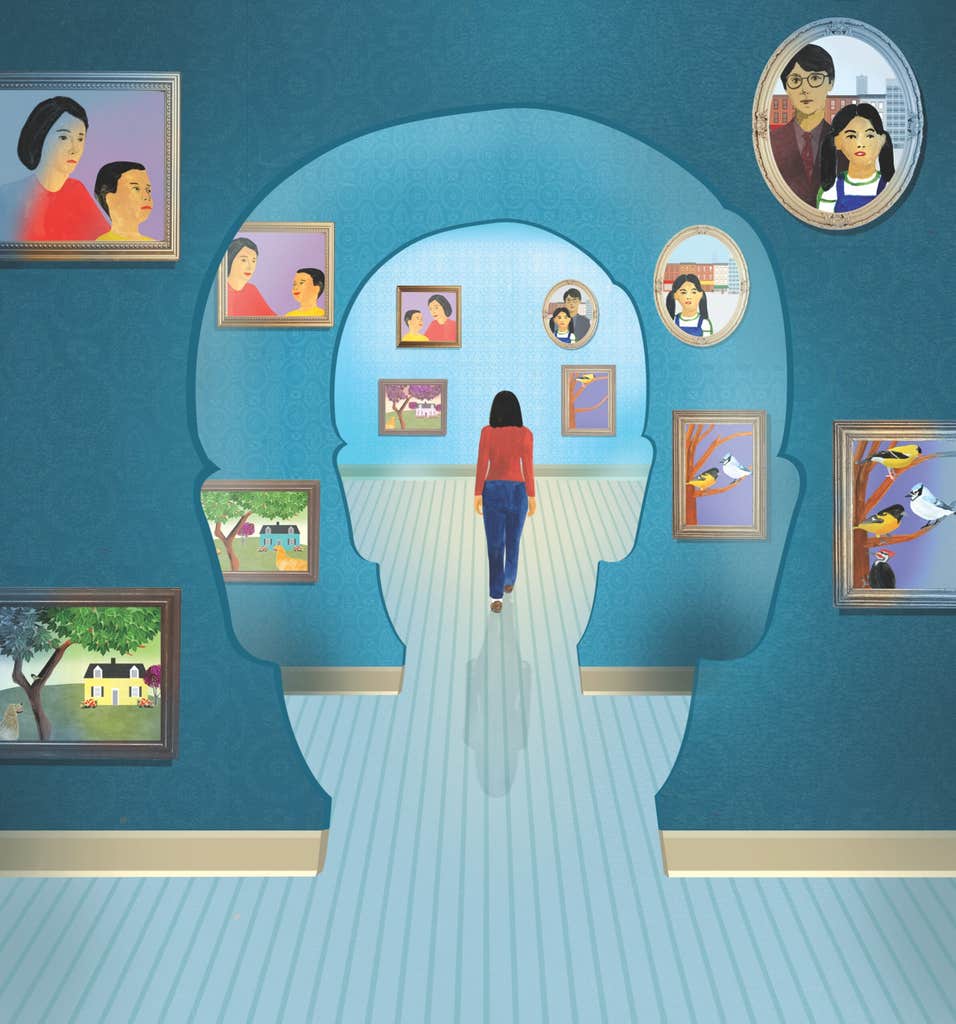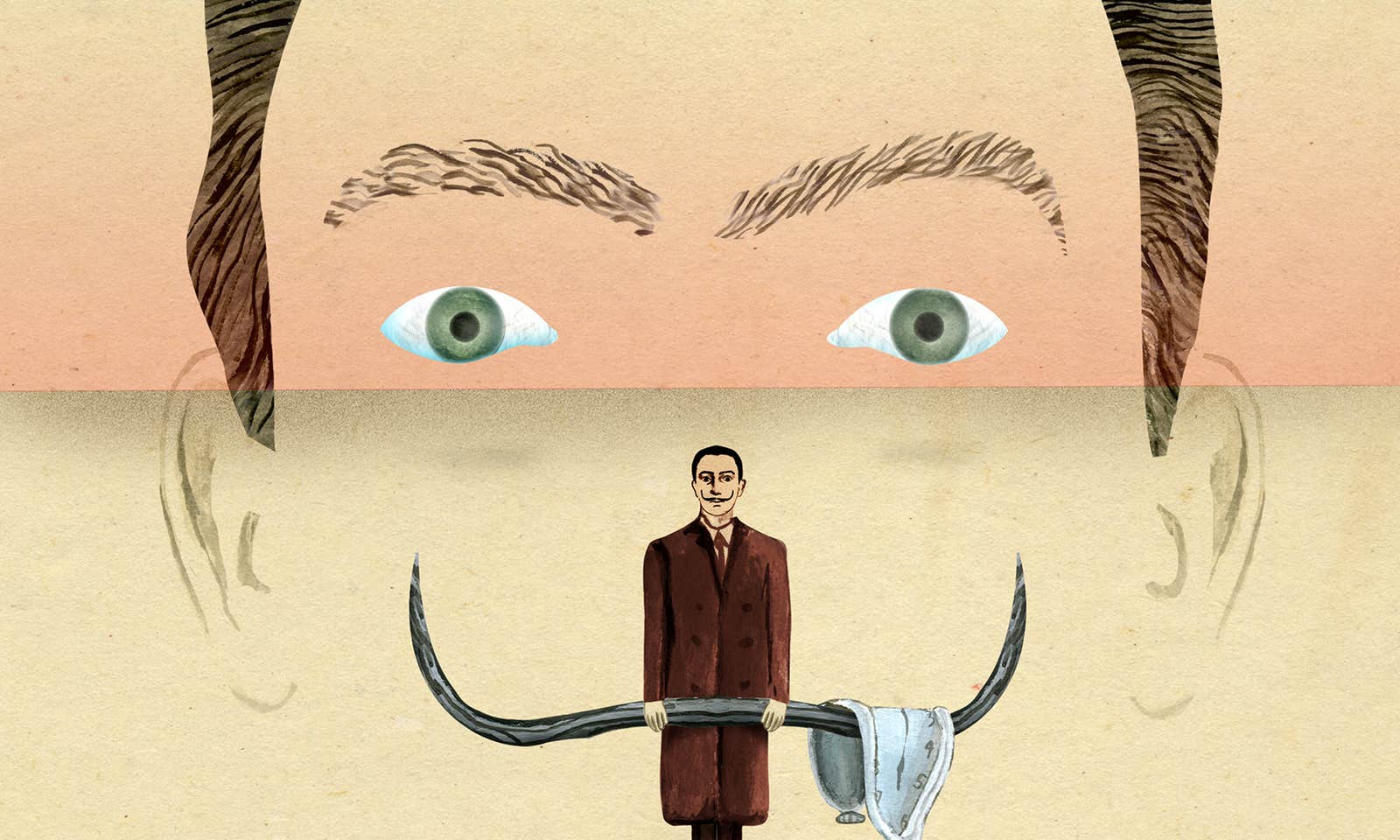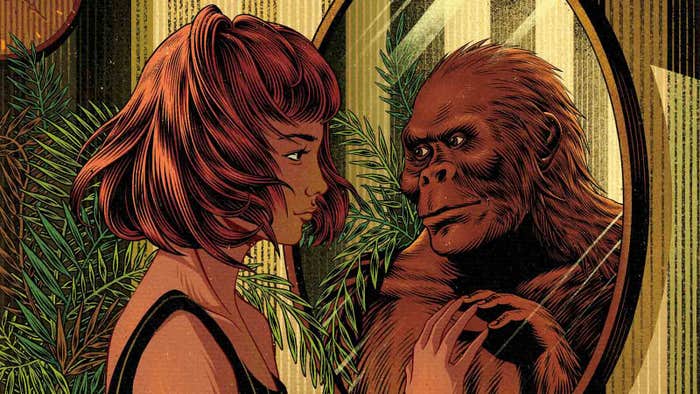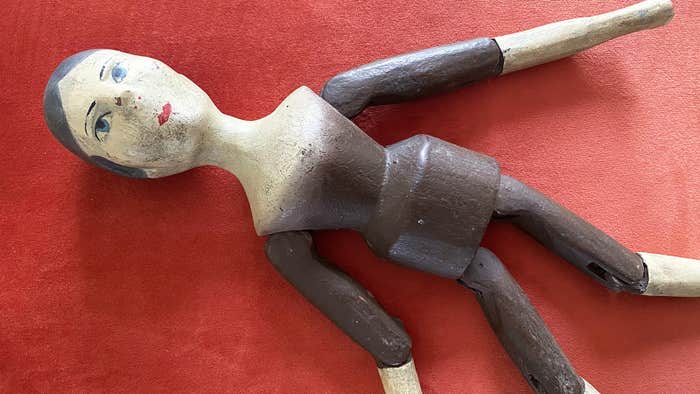
This article is part of series of Nautilus interviews with artists, you can read the rest here.
Science and superstition have had a complicated relationship throughout history, and artist and author Ellen Weinstein is interested in both. Her book, Recipes for Good Luck, documents and illustrates the rituals and superstitions of noteworthy figures, from poets to NASA engineers. More recently she illustrated “Your Memories Are Like Paintings,” the cover story of Nautilus Issue 58, about how our brains alter our memories of the past. Weinstein, a self-described superstitious woman herself, recently sat down to answer our questions about her creative process, her own rituals, and what science and art have in common.
What drew you to the arts in the first place?
As a kid, I would draw and write stories for hours. Growing up in New York City, I saw beautifully illustrated posters on the streets and in the subways and realized that was what I wanted to do: create art that was seen in public. I applied to and attended the High School of Art and Design and started on this path.
How do you know when a project is finished?
Deadlines certainly help; I need a container of time for a project. It helps to step away and return with a fresh eye, to find that sweet spot between unfinished and overworked.

In addition to illustrating other people’s books, you also write and illustrate your own. How does your process change when you’re not just interpreting someone else’s text, but writing and illustrating your own?
Creating a book is a way to follow my curiosity and see where it goes. I sought known figures’ superstitions, rituals, and practices in Recipes for Good Luck. In Five Stories, a later book, I ask what it was like for my grandmother, as a child, to leave everything behind and start a new life in a strange place. I research and investigate a subject and write a rough draft of the manuscript. Then I go back and forth with sketching and revising the manuscript and research to shape the narrative.
You’ve illustrated books for children and books for adults. Do you approach projects for kids versus projects for adults any differently?
Whether illustrating and writing for kids or adults, I want to work with respect for my audience and leave narrative space for them to see themselves in the story and have their interpretations. I enjoy the structure of telling a story from beginning to end in a picture book, and the ability to create a narrative through a series of short essays and illustrations.

You wrote and illustrated a book on the peculiar rituals and superstitions of notable people throughout history. Were there any that particularly spoke to you?
I have superstitions and rituals, but one of the examples from the book that especially resonated with me was that Theodore Seuss Geisel, better known as Dr. Seuss, kept a collection of 300 hats. When faced with writer’s block, he would choose a hat to wear until he felt inspired. I have rituals for projects to “stay in character” while working on the project. For Five Stories, I created a music playlist for each of the years in the story.
You created the art for our most recent cover story, “Your Memories Are Like Paintings,” about how our brains reinterpret the past. What about that story that captured your imagination?
The subject of memories and how we interpret the past immediately resonated with me. What we edit out of our memories, what we remember, and how those memories of a specific time or incident will differ from others. My sister and I have different recollections of our childhoods.

You’re a third-generation New Yorker with deep roots in your community, and your book, Five Stories, explores the history of your neighborhood. During that process, did you discover any of your memories had changed?
My research combines historical documents (census reports, archival photographs, newspapers, and books) with lived experiences through oral histories and interviews to get a fuller picture of people’s everyday lives. I searched for a photograph of a store I remember from childhood, and was relieved to find I didn’t make it up. A common refrain I hear when interviewing neighbors and friends is “Back in the day.” I think we all have different ideas of what that means.

In addition to Nautilus, you’ve illustrated stories for a number of science publications. What is it about science that inspires you?
Science was a favorite subject of mine in school and has remained one as an adult. Art and science raise questions, and I enjoy the inquiry and pursuit of an answer.
Is there anything you think scientists can learn from artists—or vice versa?
I think art and science involve failure as part of the process. They both also require dogged persistence to keep going and experimentation. Perhaps in both, we are hoping for a “breakthrough” in solving a problem, but that result can come from a long, slow series of cracks.
Do you have any upcoming projects you’re excited about?
I do, but I am too superstitious to share them with you.
Interview by Jake Currie.
Lead image courtesy of Ellen Weinstein.



























